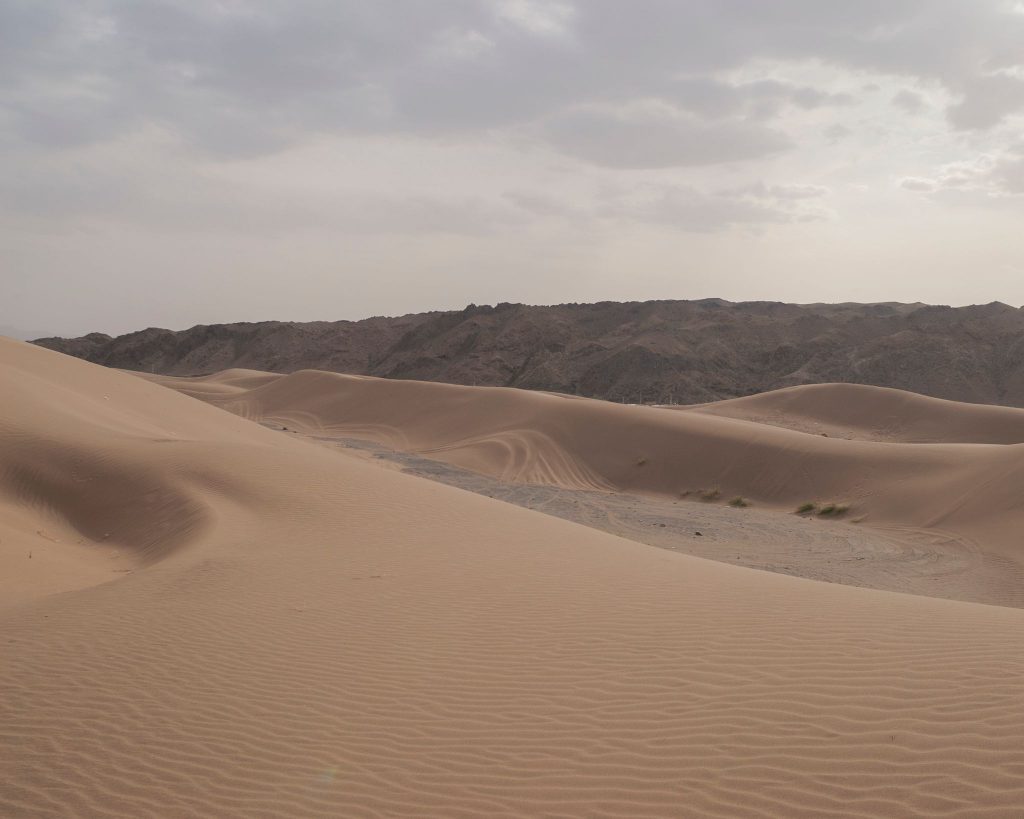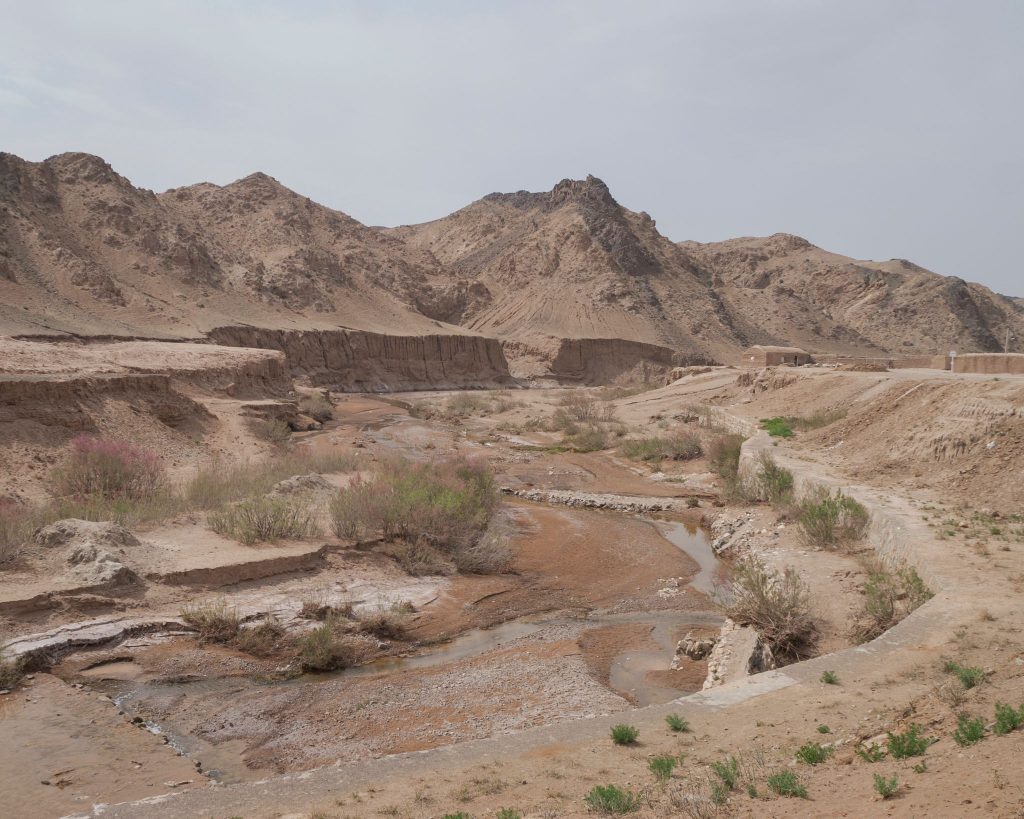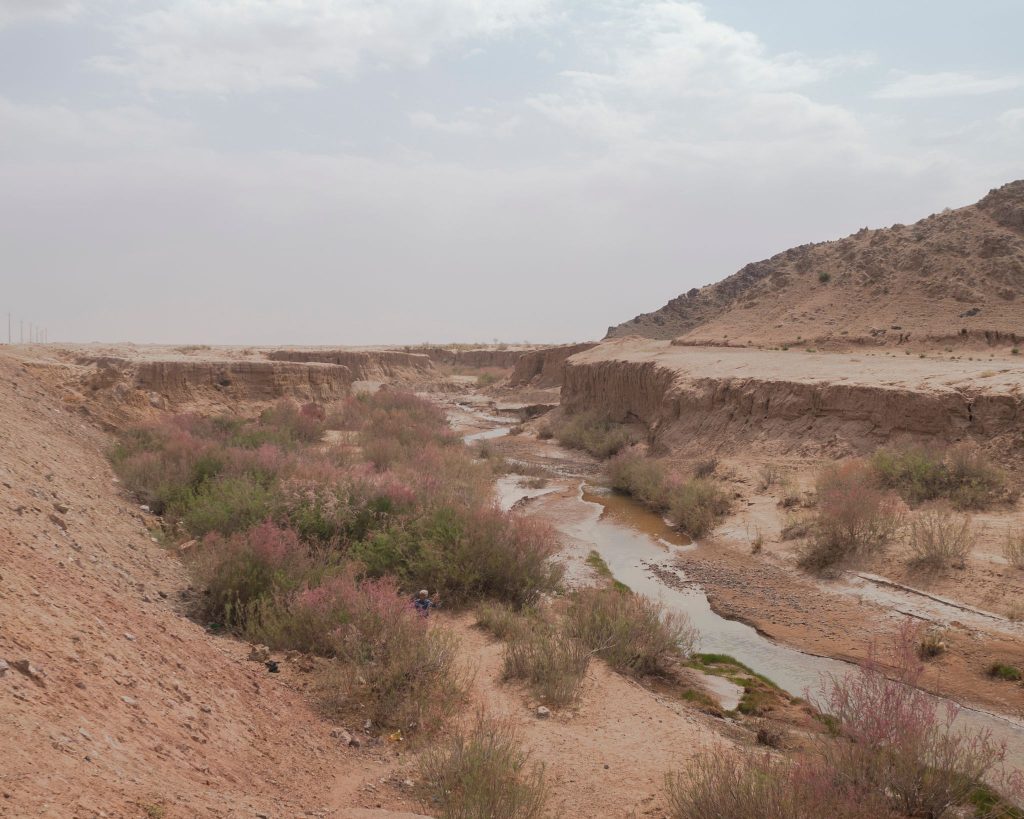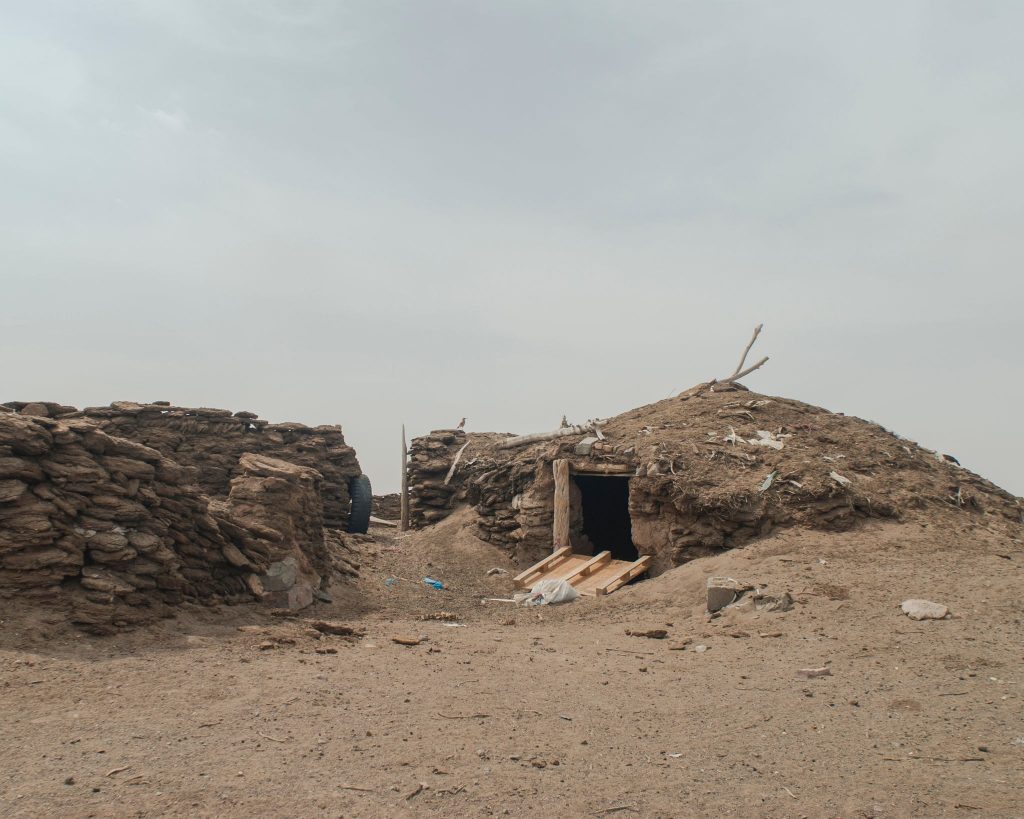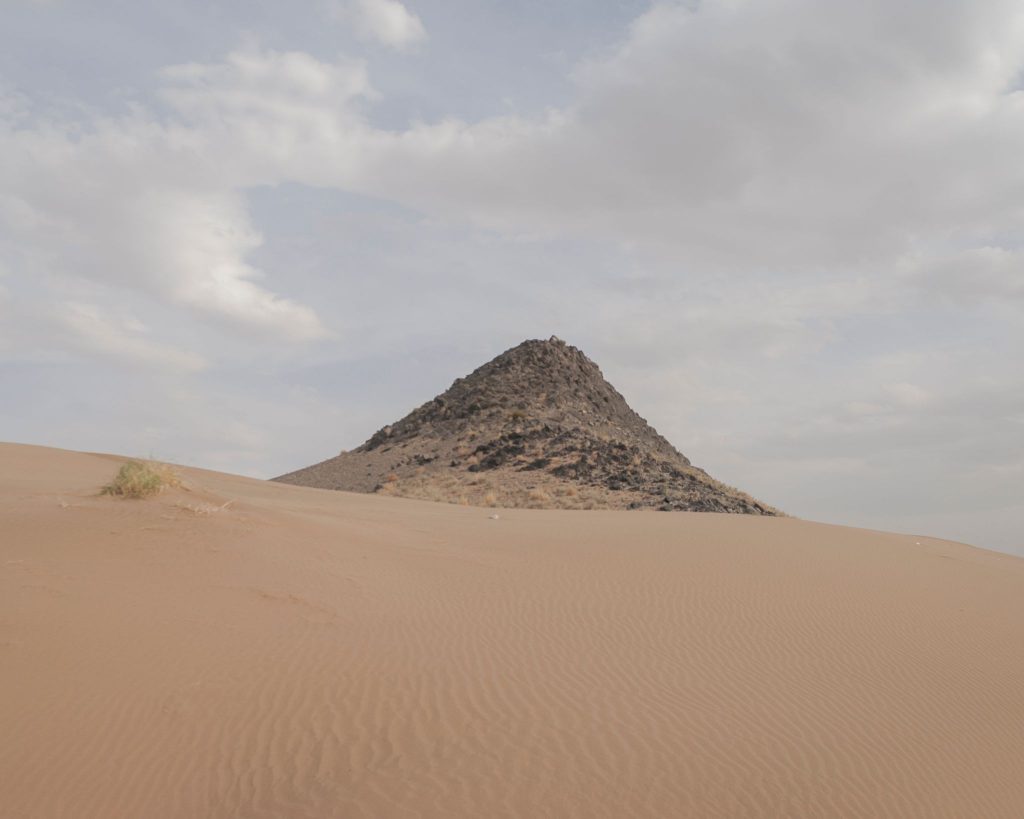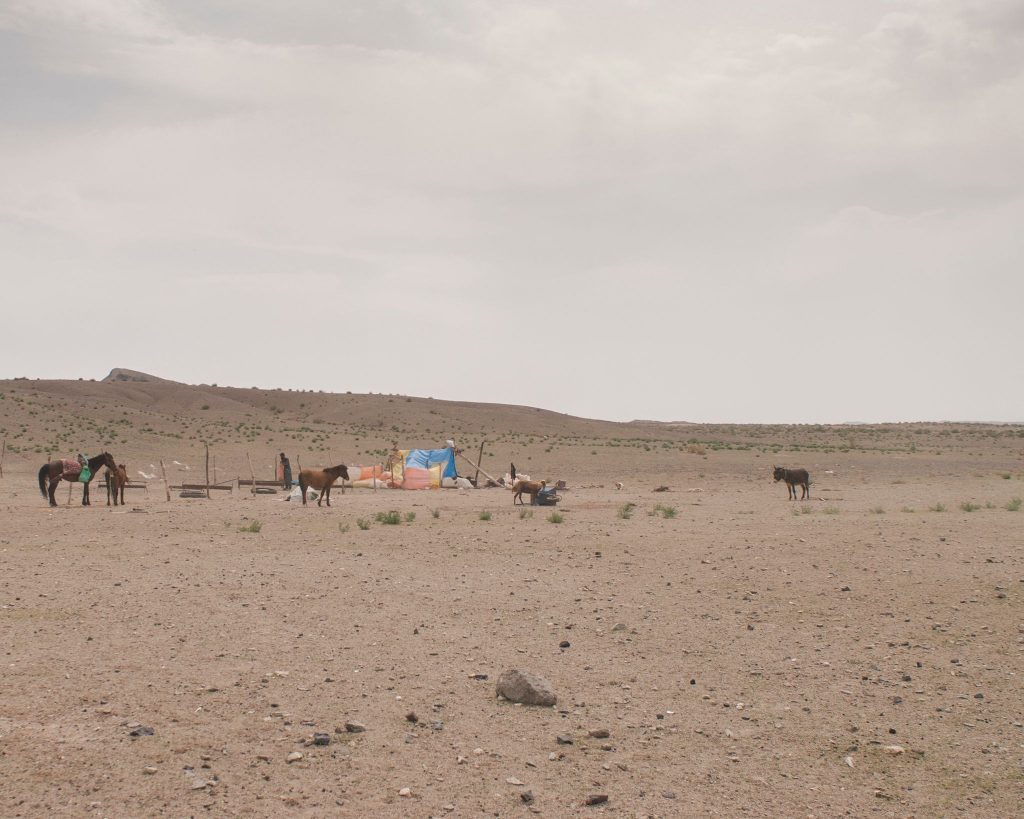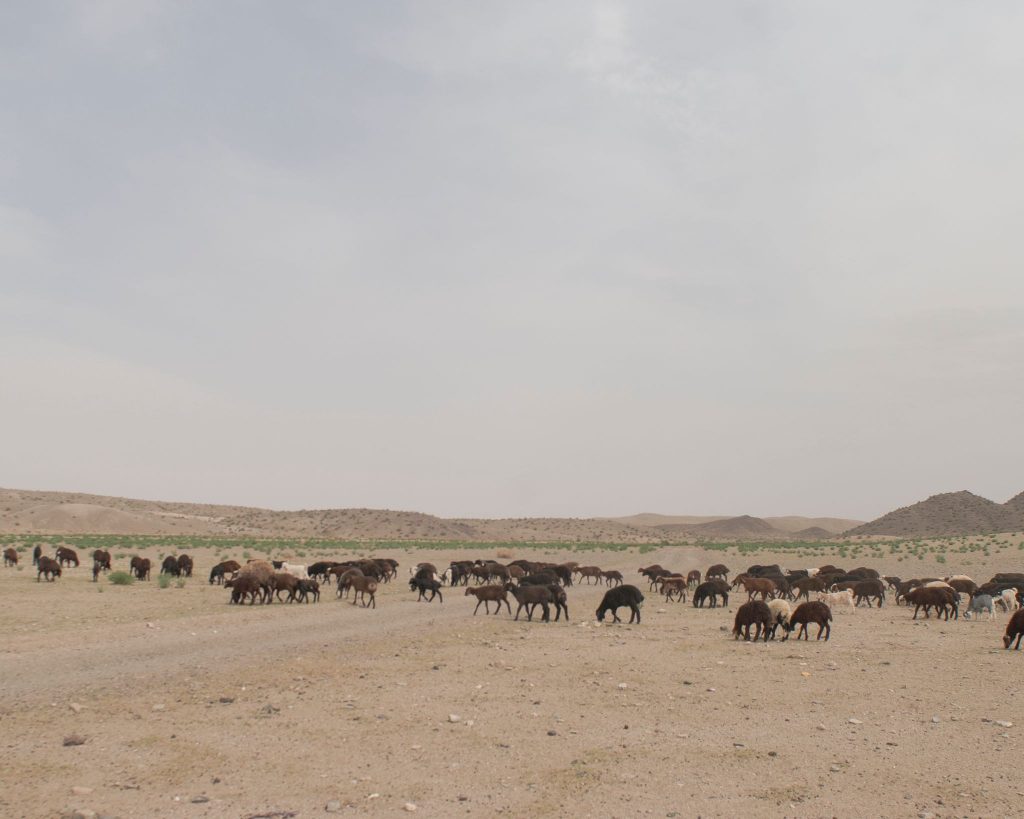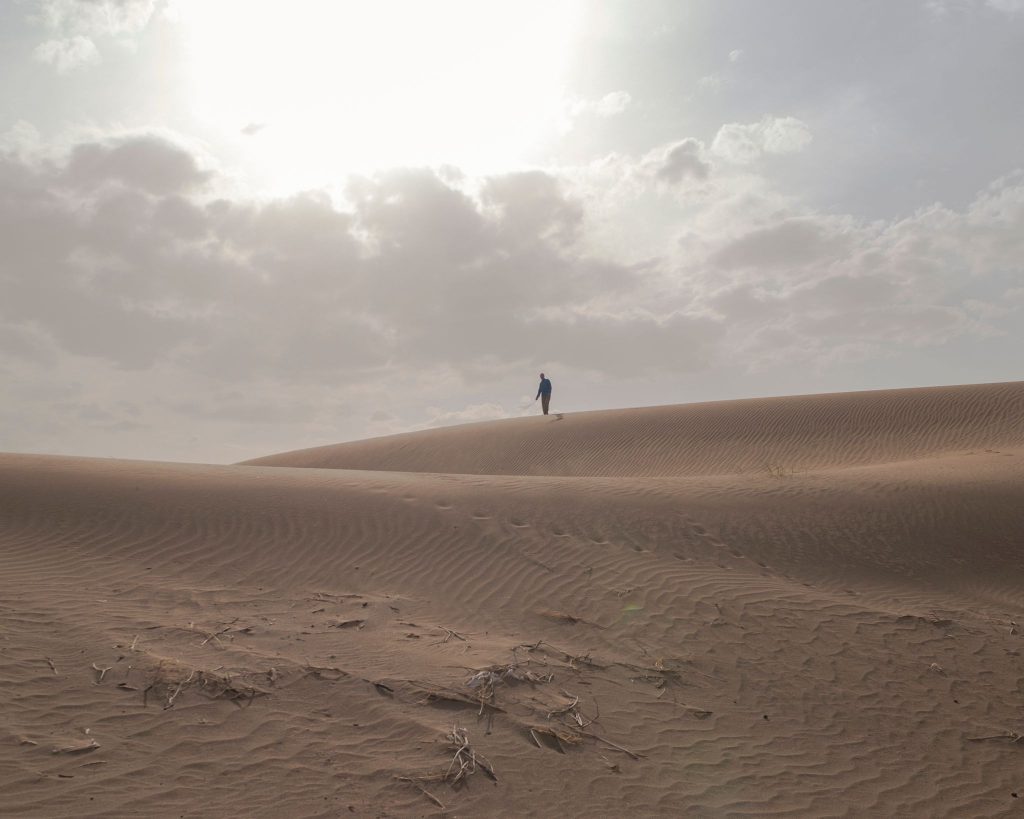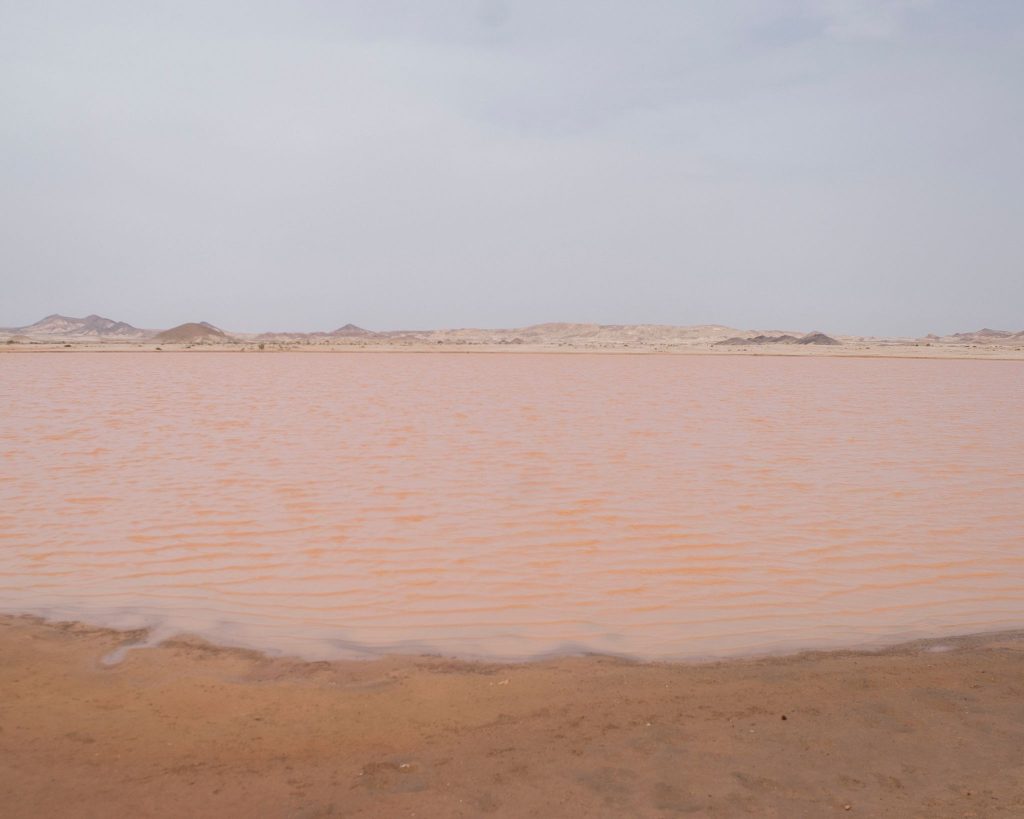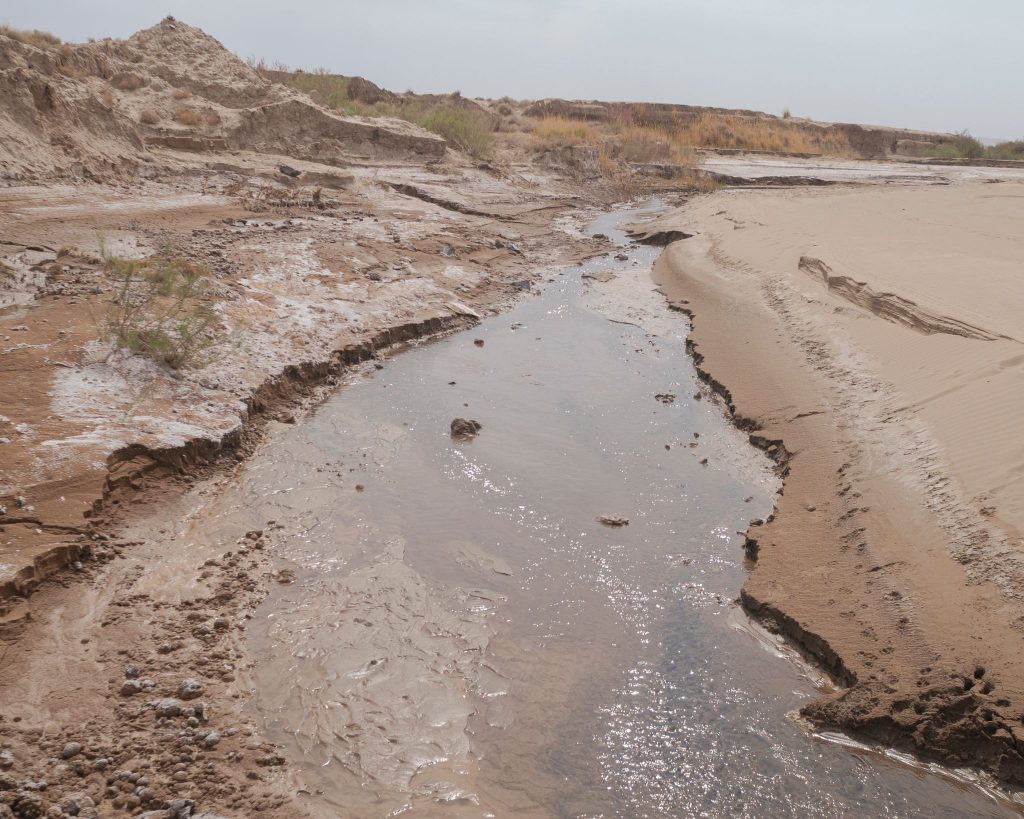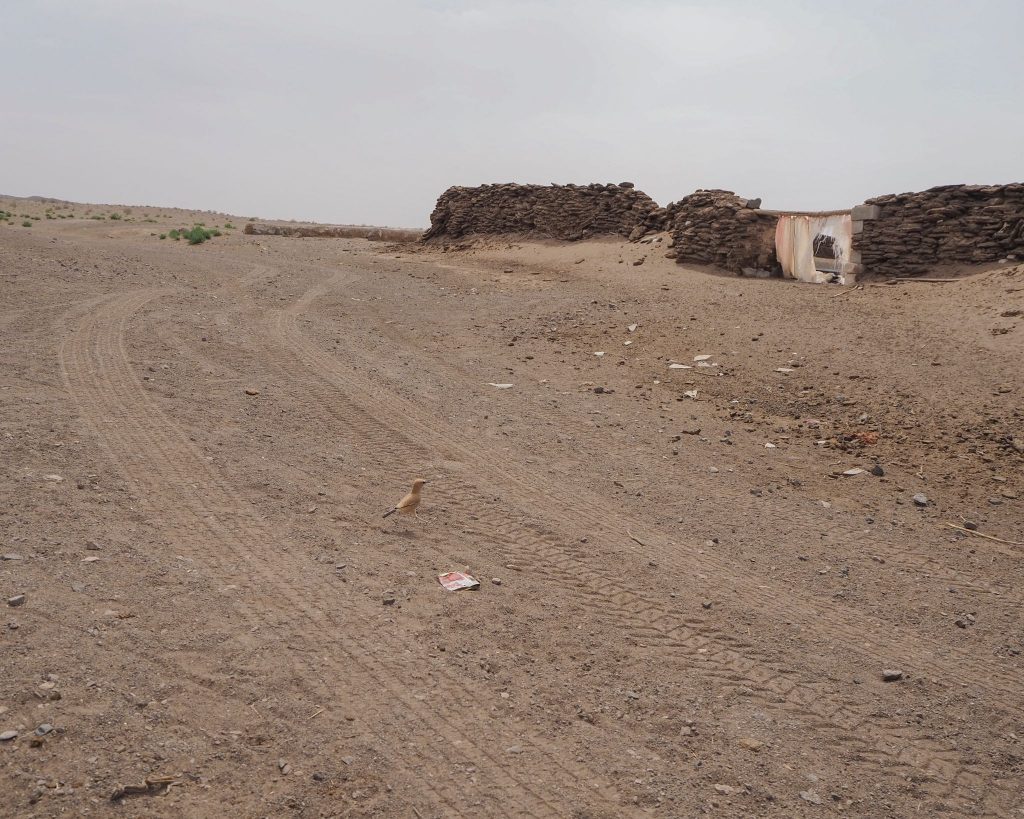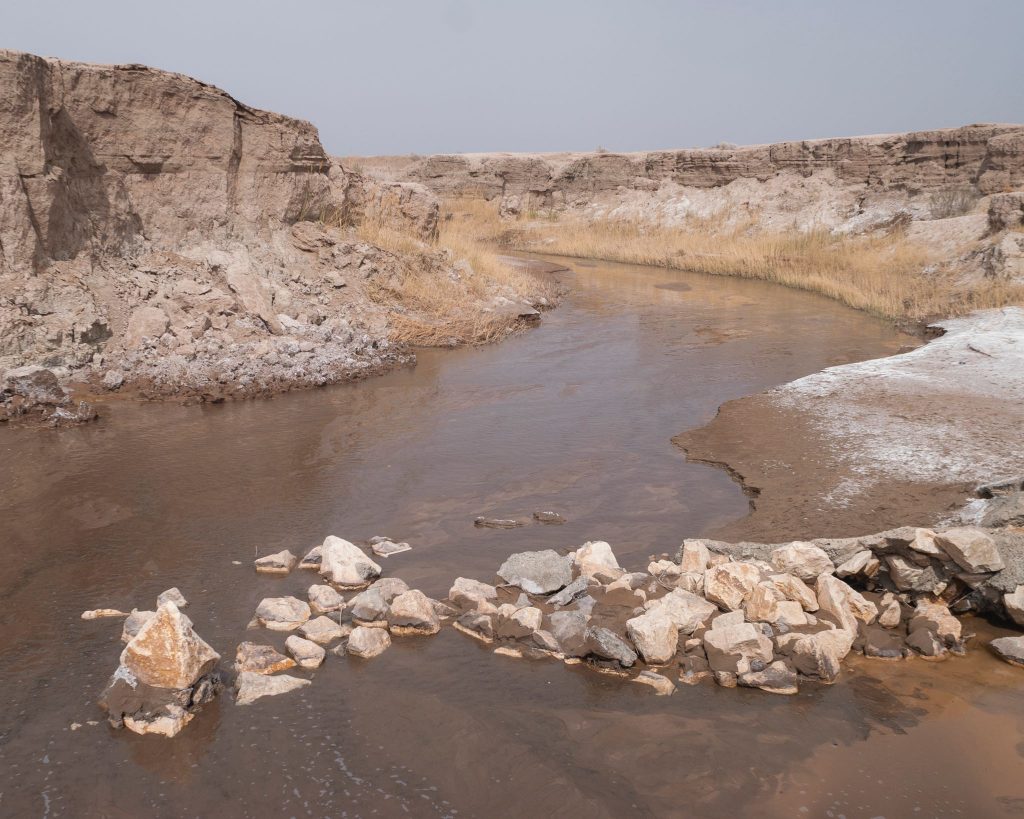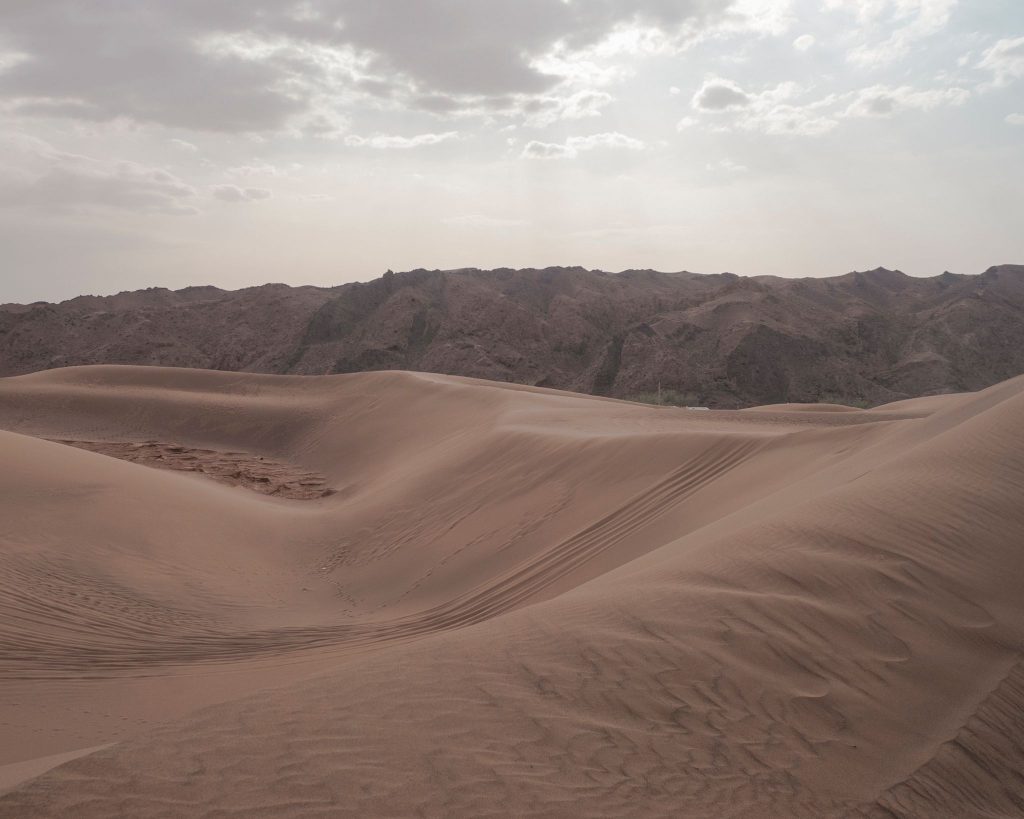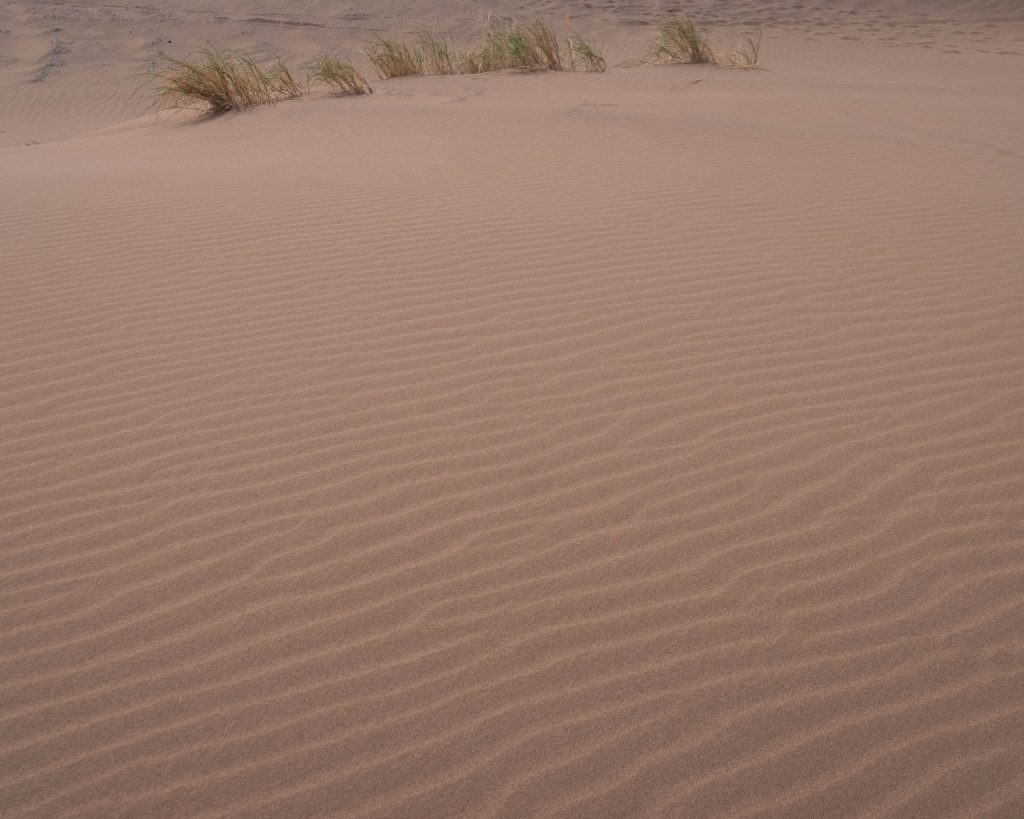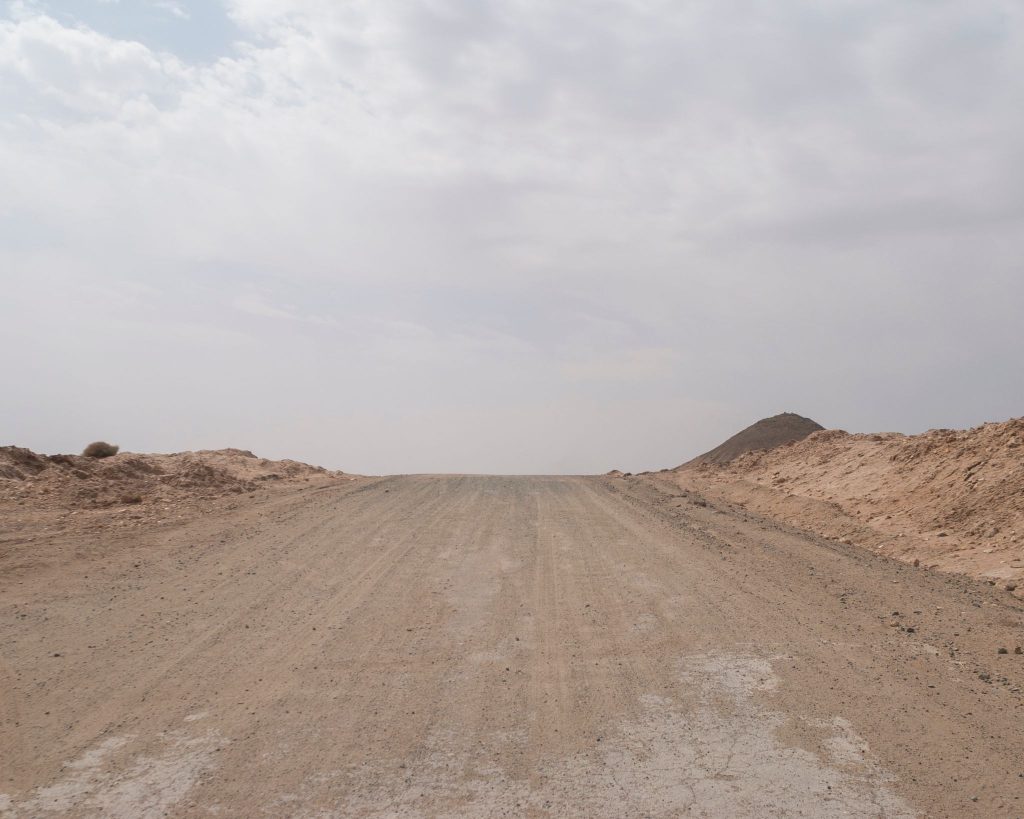In this proposed project, I want to tell the reader that the effects of the heat of the air in the deserts of Iran on the climatic conditions and dealing with the damage to the environment.
During my trips to different parts of Iran, from the north of my hometown, which has beautiful wetlands, to the south of Iran, the Cape of Oman Sea I traveled and photographed, but what has attracted my attention is living in such areas and accepting the climate compared to Its degree of difficulty is the adaptation of people and preservation of different animal and plant species.
But the extreme heat and lack of rain will destroy this place over time.
Iran has a hot, dry climate characterized by long, hot, dry summers and short, cool winters. The climate is influenced by Iran’s location between the subtropical aridity of the Arabian desert areas and the subtropical humidity of the eastern Mediterranean area.
Global warming is the most current instance of climate change. Human activities such as burning fossil fuels contribute to global warming. In deserts, temperatures are rising even faster than the global average.
The country is experiencing a greater frequency of flooding and extended periods of drought due to climate change. Climate change also has implications for water scarcity, agriculture, and human health in Iran.
Water scarcity in Iran is caused by high climatic variability, uneven distribution of water, over- exploitation of available water resources, and prioritization of economic development.
Water scarcity in Iran is further exacerbated by climate change.
Water scarcity can be a result of two mechanisms: physical (absolute) water scarcity and economic water scarcity, where physical water scarcity is a result of inadequate natural water resources to supply a region’s demand, and economic water scarcity is a result of poor management of the sufficient available water resources.
Rainfall is highly seasonal, which led to the government building dams to ensure a more consistent water supply.
Rainfall in Iran is highly seasonal with a rainy season between October and March that leaves the land extremely dry for the remainder of the year. Immense seasonal variations in flow characterize Iran’s rivers.
The nomadic town of Reza Abad in Semnan Province is one of the environs of Biarjemand of Shahrood town, located a 240-kilometer from Shahrood city.
Rezaabad village experiences hot and dry weather most days of the year. Low rainfall and direct sunlight are the things that the villagers struggle with. For this reason, the overall fabric of the village is made of mud houses.
There is not much rain in the Reza Abad desert and it can be said that the soils of the region are irrigated once every few years. In recent years, the amount of rain was even less than expected. This made the river more or less dry. Of course, sometimes thanks to the rain, this river revives. At some hours of the day and around noon, you cannot walk on the sand; Because they are very hot and burning.
In summer, this heat reaches its highest level. On the winter days, the desert has a milder climate.
_
A remarkable thing about the desert climate is that it changes in a short period.
The amount of precipitation in most deserts is very small. It rains in the Reza Abad desert every few years.
Due to the geographical location of this village, people build their houses next to each other and at a small distance from each other. The roof of a house is the yard of another house. The only buildings that may not be made of mud and clay are fodder storage and so on. The people of Rezaabad village are made up of tribes.
Living next to the desert has its problems. Wind and storms are always able to cover the village with sand, especially these days when the vegetation in the area has become poorer every day due to overgrazing or droughts, and the stabilization of the sand is weaker. But it is these beautiful dunes next to the village that attract thousands of tourists.
The Shore River flows from the Neyshabur Mountains and after 240 km, it merges with the Moore River. Finally, these rivers flow into the Rezaabad desert. Shore River is located in the west of Rezaabad village and on Mahor Hill.
Rezaabad is deprived of a standard and reliable road. During heavy rains and flooding, there is a possibility that the road will be destroyed, and this means that there is a possibility that the residents of this village will be trapped from both the north and south sides.
_
Rezaabad village is small and only 60 families live in it. The people of Rezaabad have still preserved their cultures and traditions. They expect tourists to respect their culture and traditions when traveling to Rezaabad.
Most of the village areas need reconstruction; Perhaps the most beautiful face of this village belongs to its eco-tourism.
Various plant species are found in the Rezaabad desert, But the most important of them is the Zygophyllum plant. Zygophyllum bushes never grow together and there is always a distance of half a meter between the bushes. The zygophyllum plant usually grows in the south of Shahrood.
Calligonum comosum is another group of vegetation in the region that makes up a large part of it.
“Iranian Ground Jay” and sometimes “Pleske’s Ground Jay”
This bird has many differences from its other relatives. crows and ravens; Among them is a land animal so he prefers running to flying even when he feels danger, having a pleasant voice and a pea-brown color. The Iranian raven is a clever and somewhat secretive bird, and this makes it difficult to observe it in the wild. On the other hand, the complete coordination of the color of this bird’s coat with its environment, as well as the lack of flight at high altitudes, reduces the possibility of seeing it in its natural habitat. Therefore, the general belief is that this bird has a relatively low population and density.
This bird is only found in the desert and semi-desert areas of eastern and southeastern Iran and researchers say it is not easy to see this bird.
The special conditions of the life of the golden raven, such as the wide distribution, being shy and hiding from human eyes, strong camouflage, and the time limit for investigating its life by humans, have caused that there are no accurate statistics of their number in Iran. But at least it can be said that the harsh conditions of living in the desert are enough to limit the population of the yellow raven, and the impoverishment of the vegetation can be very expensive for this endemic bird of our country; Because as it was said, their life, especially in the mating, nesting and reproduction phase and then feeding, directly depends on the vegetation of their habitat.
_
The slope of this desert is about 0.5 meters per kilometer and towards the southwest. Sabzevar Harz desert receives seasonal waters from several side rivers and two main rivers.
Moreh River enters the desert from the north and at a distance of 12.8 km east of Abbas Abad. After receiving the water of the Shoor River, the branches of the Mur River become stronger and by forming a single channel, they drain the southwestern part of the Sabzevar Desert and enter the Salt Desert.
The Reza-Abad desert is located near the Kharturan National Park, also known as Tehran Wildlife Refuge, 200 km southwest of Shahrood in Semnan province, central Iran.
